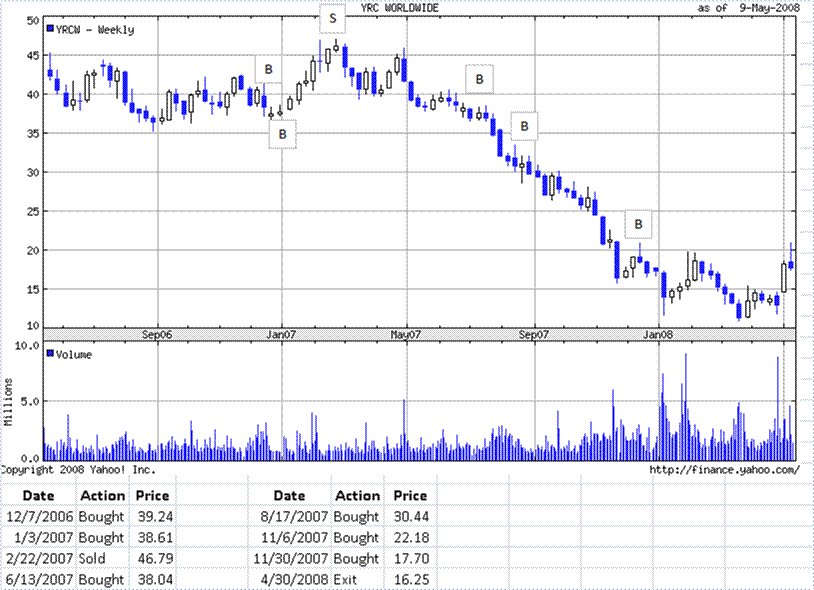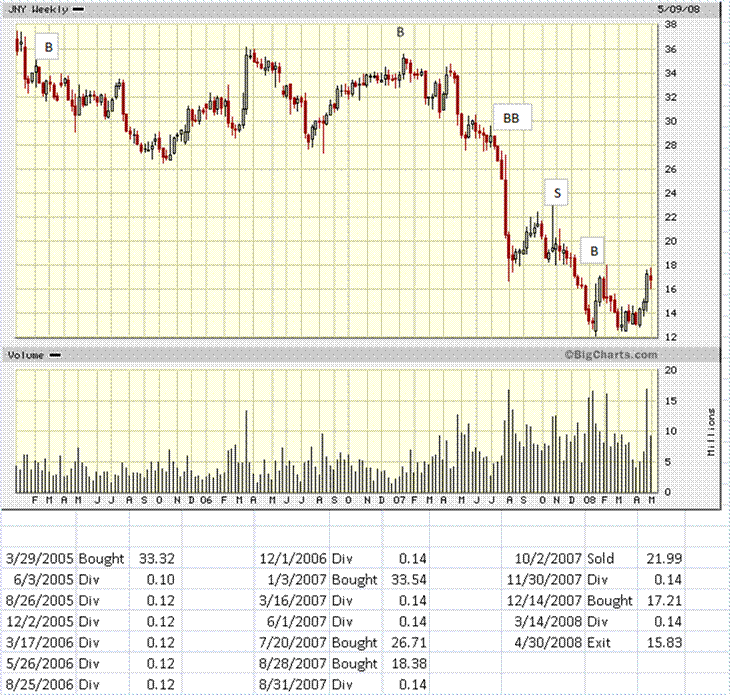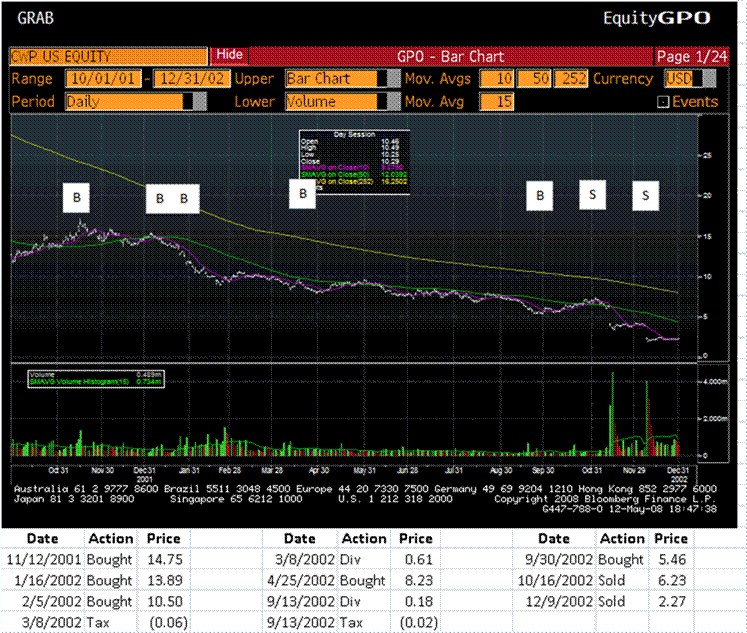There are times where I feel the intellectual well is dry, and I come to my keyboard and say, “What do I write tonight?” This is not one of those times. I have too many things to write about, and not enough time. I’ll see how much I can say that is worth reading.
1) Jimmy Rogers (I?ve met him once ? a nice guy) tends toward the sensational. There is a grain of truth in what he says, but the demographic situation in China is worse than that in Japan, which is why they Communist leadership there is considering eliminating the one-child policy:
I gave a talk last October, which included a lot on the effects of demographics on the global economy:
http://alephblog.com/society-of-actuaries-presentation/ (pages 15-23) (non-PDF versions have my lecture notes)
Now, eliminating the one-child policy won?t do that much, because most non-religious women in China don?t want to have kids. In developed societies, once women don?t want children or marriage, no level of economic incentive succeeds in changing their minds.
This isn?t meant to be social commentary. The point is that there is a global demographic shift of massive proportions happening where there will be huge social pressures on retirement/eldercare systems, because the ratio of workers to retirees will fall globally. China will be affected more than most, and the US less than most (if we can straighten out Medicare).
The economic effect will feel a little stagflationary, with wage rates improving in nominal terms, taxes rising to cover transfer payments, and assets being sold (to whom?) to fund retirements and healthcare. There need not be a crisis, like a war over resources, in all of this, but it won?t be an easy next 30 years. One thing for certain, when you look at labor, capital, and resources at present, the scarcest of all is resources. Again, resource price inflation. At present, capital is scarcer than labor, but that will flip in the next 30 years.
2) A few e-mailers asked for more data on how I view monetary aggregates. On monetary aggregates, my view of it is a little different than most, and I take a little heat for it. Ideally, the lower level monetary aggregates indicate a higher degree of liquidity; greater ease and shorter time of achieving transactions. The other way to view it is how sticky the liability structure is for the banks. Demand deposits, not sticky. Savings accounts, stickier. Money market funds, stickier still. CDs, even stickier.
As the Fed changes monetary policy, there are tradeoffs. Willingness of the public to hold cash, versus opportunity at the banks to make money from borrowing short and lending longer, versus banking regulators trying to assure solvency.
That’s why I look at the full spectrum of monetary measures. They tell a greater story as a group.
3) No such thing as a bad asset, only a bad price? No such thing as a bad asset, only a mis-financed asset? Both can be true. What we are experiencing today in many markets is that many assets were financed with too much debt and too little equity. In the process, because of the over-leverage allowed for high returns on equity to be generated from low returns on assets, the buyers of risky assets overpaid for their interests.
This has taken many forms, whether it was Subprime ABS, CDOs, SIVs, Tender Option Bonds, the correlation trade, etc. Also the borrow short, lend long inherent in Auction Rate Securities, TOBs, and other speculations that make wondeful sense occasionally, but players stay too long.
Rationality comes back to these markets when “real money buyers” appear (pension plans, insurance companies, wealthy dudes with nose for value), and these non-traditional buyers soak up the excess supply of investments that are out of favor, and do it with equity, at prices that make the unlevered return look pretty sweet. This is how excess leverage gets purged from the system, and how pricing normalizes, with losses delivered to the overlevered.
4) As I said in my post last night, there is value in the tax-free muni market for non-traditional buyers. Is this the bottom? Probably not, but who can tell? Smart buyers will put a portion of a full position on now, and add if things get worse. Don’t put a full position on yet. I eschew heroism in trading, in favor of a risk-controlled style, where one makes more on average, but protects the downside. It is possible that the drop in prices will bring out more sellers, but I think that there will be more buyers in the next week. That said, the leveraged buyers need to get purged out of the muni markets.
5) In late 2004, I wrote a piece called Default Cycle Will Turn Nasty in 2007. Later I added the following comment:

 |
 |
David Merkel |
| A Low Quality Post by David |
3/27/2006 3:54 PM EST
 |
Interesting to note on Barry’s blog that he has noted that the “low quality” trade has been so stunning over the past three years. I thought Richard Bernstein at Merrill and I were the only ones who cared about this stuff. But now for the bad news: the trade won’t be over until high yield spreads start blowing out, and presently, they show no sign of doing that. Why? There haven’t been many defaults, for one reason. The few defaults have been for the most part in auto parts and airlines. There’s no systemic panic.
Beyond that, there’s a lot of capital to finance speculative ventures, and to catch bad ones when they fall. That means that marginal ideas are getting forgiveness as they get refinanced.
The demand for yield is huge, which drives the offering of protection in the credit default swap market. Fund of funds encourage hedge funds to seek steady income, which makes them tend to be insurers against default risk, rather than speculators on possible default.
I know that I wrote “Default Cycle Will Turn Nasty in 2007;” I take my calls seriously, because I have money on the line, and many of you do too. I think the low quality trade, absent a market blow-up, won’t outperform by a lot in 2006, but will still outperform. Something needs to happen to make credit spreads not look like a free lunch.
My best guess of what will do that is the seasoning of aggressive corporate bond issuance in 2004 and 2005. Bad credit be revealed for what it is, and even the stocks of low quality companies that eventually survive will get marked down for a time, as strong balance sheets get rewarded once again.
Position: none
Then later, in early 2007, I wrote: I was wrong on underperformance of junk bonds. Tight levels got even tighter, with an absence of significant defaults. Junk bonds led the bond market in 2006. In 2007, I don’t expect a repeat, but I do expect defaults to start rising by the end of 2007, leading to a widening in spreads and some underperformance of junk bonds. The real fun will come in 2008-2009. Corporate credit cycles last four to seven years, and the last bear phase was 2000-2002. We’re due for a correction here.
Well, I got it close to right. Timing is tough.
6) Would you pay a high enough price to buy a short-dated TIPS with a negative real yield? Yes you might, if you were hedging against nominal Treasuries, with the CPI running ahead at 4%, and short-dated (5 years and in) nominal bonds at 2 1/2% and lower. As it is, the market seems to be hesitating at going negative, but in my opinion it will, until the concern of the FOMC changes to price inflation.
7) Wilbur Ross didn’t get rich by being dumb. He didn’t buy stakes in MBIA or Ambac, but in one of the two healthy firms, Assured Guaranty. Better to take a stake in the healthy firm in a tough market; they will survive, and write the business that their impaired competitors can’t. This just puts more pressure on MBIA and Ambac, and provides a lower cost muni insurance competitor to Berky.
8 ) MBIA and Ambac are playing for time, and I don’t mean that in a bad way. They are willing to shrink their balance sheets, and write little if any structured business, pay principal and interest in dribs and drabs, and pray that S&P and Moody’s give them the time to do this, and keep the AAA/Aaa intact. It could be three years, and stronger players (FSA, BHAC, AGO) will absorb their non-structured markets. But it could work. If I were Bill Ackman, I would take off half my positions here. Just a rule of thumb for me, when I am managing institutional assets and I become uncertain as to whether I should buy or sell, I do half, and then wait for more data.
Remember, many P&C insurers have been technically insolvent (in hindsight) during the bear phase of the underwriting cycle. They survived by writing better business when their balance sheet was in worse shape than commonly believed. The financial guarantors have a unique ability to wait out losses.
9) There have been all sorts of articles asking whether XXX institution is “too big to fail?” Well, let me “flip it” (sending my pal Cody a nickel for his trademark 😉 ) and ask, “Is the US too big to fail?” There’s a reason for my madness here. “Too big to fail” means that the government will bail out an entity to avoid a systemic crisis. Nice, maybe, but that means the government raises taxes to do so (nah) or issues debt that the Fed monetizes, leading to price inflation. Either way, the loss gets spread over the whole country.
What would a failure of the US look like? The Great Depression springs to mind. Present day Japan does not. They are not growing, but they aren’t in bad shape. Another failure would be an era like the 1970s, but more intense. That’s not impossible, if the Treasury Fed were to rescue a major GSE via monetary policy.
10) I have had an excellent 4Q07 earnings season. As of the end of February, I am still in the plus column for my equity portfolio. But, into every life a little rain must fall… after the close on Friday. 🙁 Deerfield Capital reported lousy GAAP earnings, and I expect the price to fall on Monday. Now, to their credit:
- They reduced leverage proactively, and sold Alt-A assets before Thornburg blew.
- They moved to a more conservative balance sheet. It is usually a good sign when a company sells its bad assets in a crisis.
I would expect the dividend to fall to around 30 cents per quarter. I should have more to say after the earnings call. They are becoming a little Annaly with a CDO manager on board (might not be worth much until 2010).
I may be a buyer on Monday. Depends on the market action.
That’s all for this evening. Good night, and here’s to a more profitable week next week.
Full disclosure: long DFR






